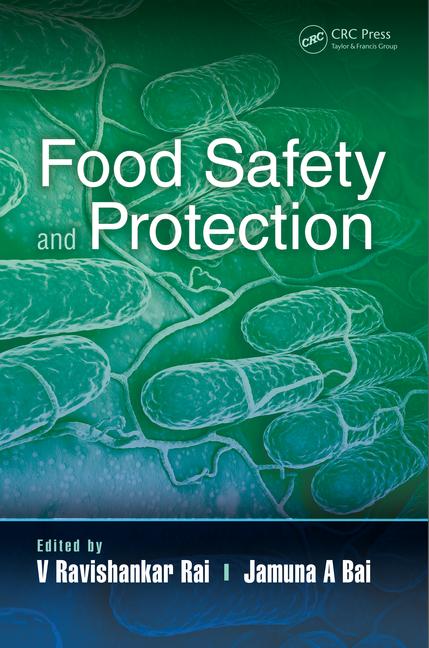FDA’s Strategic Shift from Reaction to Prevention

After much ado, including a lawsuit aimed at forcing release of the proposed rules, on January 4, 2013—exactly 2 years after President Obama signed the Food Safety Modernization Act (FSMA) —the U.S. Food and Drug Administration (FDA) proposed two new rules relating to preventive control programs and safety standards for the production of fruits and vegetables. As with much of the FSMA, these rules focus on the means of preventing production and distribution of adulterated and mislabeled food products rather than detection of contaminated food products in commerce and corrective actions. Acknowledging this shift in focus, Michael Taylor, FDA deputy commissioner for foods and veterinary medicine, stated, “We’re taking a big step for food safety by proposing the standards that will help us prevent food safety problems rather than just reacting to them.”
The proposed rule on preventive controls applies to domestic and foreign companies that manufacture, process, package or hold food products regulated by FDA. It requires them to identify potential hazards, implement preventive controls to minimize those hazards, monitor the performance of the controls and maintain records substantiating the monitoring and compliance with each control. Although such risk-based preventive controls have been required in U.S. Department of Agriculture-regulated facilities since 1996, the FSMA imposes this requirement for the first time in most FDA-regulated facilities.
The requirement of risk-based preventive controls is not merely limited to enactment of a Hazard Analysis and Critical Control Points (HACCP) program, but rather will likely necessitate a combination of a HACCP program with current Good Manufacturing Practices, Sanitation Standard Operating Procedures, hygiene training, supplier verification, recall plans and allergen controls and labeling. This is simply not a one-policy-fits-all requirement. A company’s preventive controls program should be composed of multiple policies and procedures that are specifically tailored to address the unique risks associated with a specific food product and the associated processes that may vary by plant, or even by line.
Interestingly, FDA’s proposed rule does not specifically require finished product testing for pathogens or environmental monitoring as components of preventative controls program, likely due to outcries of concern from industry. However, the proposed rule leaves the door open to the possibility such requirements may find their way into the final rule. FDA solicits comments from the industry “on when and how other elements of a preventative controls system are an appropriate means of implementing the statutory directives,” including a finished product testing program and an environmental monitoring program. The industry is asked to respond to a series of questions about both these programs—for example, whether product testing for pathogens should be limited to finished product or extend to raw material testing. Issues such as frequency of testing are also in play.
In addition to requiring implementation of a comprehensive preventive controls program, the proposed rule expands the documentation a company must maintain, requiring companies to document records monitoring its preventive controls and verifying compliance with the countermeasures for at least 2 years. All such records must be provided to FDA upon request, which is likely to occur during FDA inspections. This raises concerns over dissemination of proprietary processes, formulations and information to the public through Freedom of Information Act requests. When drafting the various policies that compose a company’s preventive controls program, it is imperative that, to the extent possible, proprietary processes and formulations are not codified in the policies or plans. It is also important to clearly designate all proprietary documents as such.
The proposed rule for produce safety is perhaps the first major exercise of FDA authority over food on farms. Anticipating concern over the financial effect such regulations will have on small, local farms, the proposed rule is designed to apply only to fruits and vegetables that are perceived to pose the greatest risk, such as foods that are generally consumed raw.
The industry has until May 4, 2013, to comment on the proposed rules. FDA is bracing for what promises to be an onslaught of industry comment, anticipating it will require at least 1 year to comb through industry comments before issuing the final rules. The industry will likely have 2 years before having to be in compliance with these rules.
Angela Spivey, co-chair of McGuireWoods’ food safety practice in Atlanta and co-author of the book, Food Safety Law, defends and counsels food manufacturers, suppliers, distributors and packaging entities on a host of issues, including implementation of recalls, defense of widespread international outbreaks and resulting civil litigation, OCI criminal investigations, and regulatory oversight and compliance. She has first-chair trial experience relating to business torts, contract disputes, product liability and personal injury litigation. She may be reached at aspivey@mcguirewoods.com.
Looking for a reprint of this article?
From high-res PDFs to custom plaques, order your copy today!








